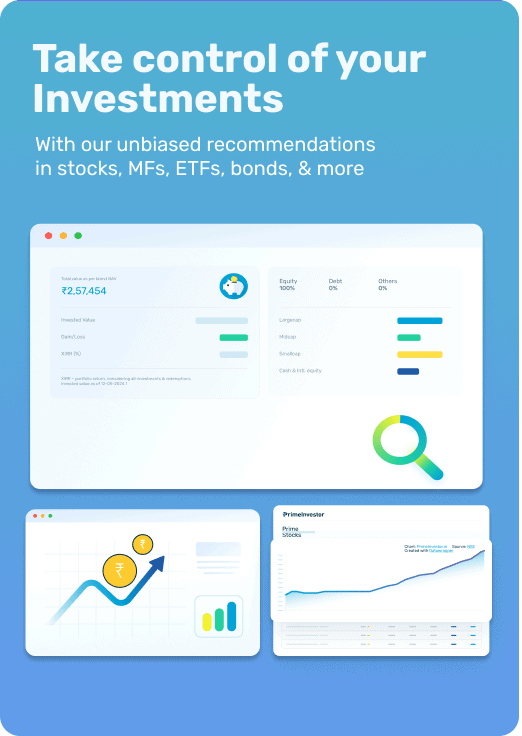Nifty Next 50 – what should you do with your investments?
The Nifty Next 50 houses the 50 top companies by market capitalisation, after the Nifty 50. This index caught the limelight over the past month for featuring a handful of the Adani group stocks.
As we had pointed out a couple of weeks ago in our write-up on Adani stocks and index funds, the presence of a few shaky stocks in an index is not reason enough to exit it. But even before the Adani-fuelled upheaval, the Nifty Next 50’s once-outstanding performance was being eroded.
Nifty Next 50 – what should you do with your investments? Read More »
